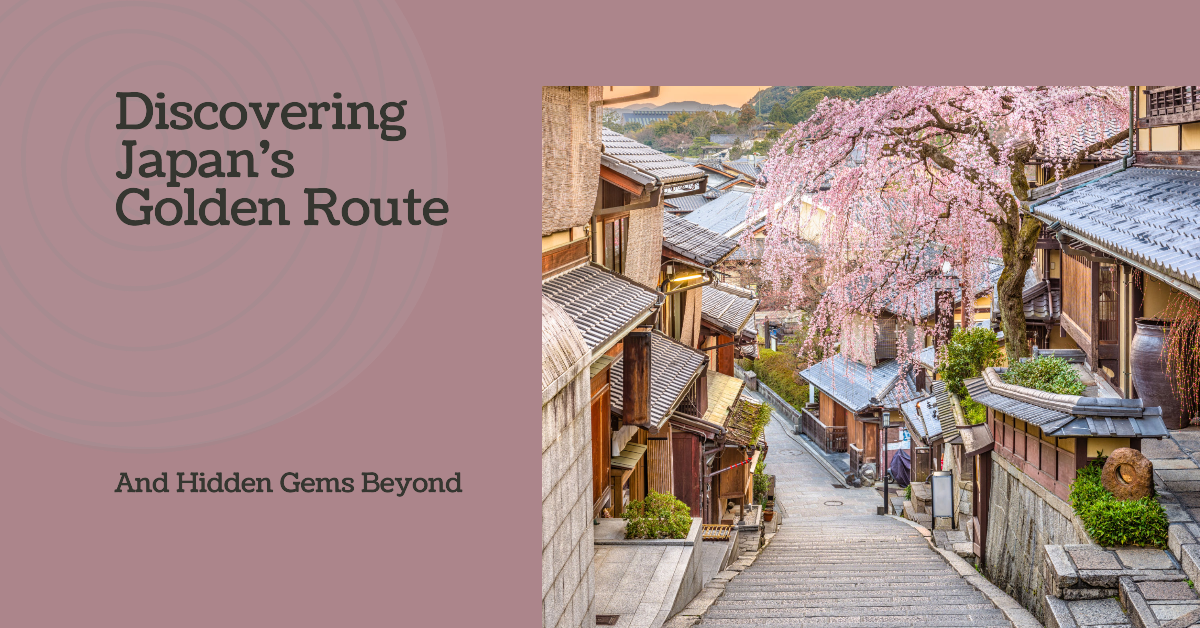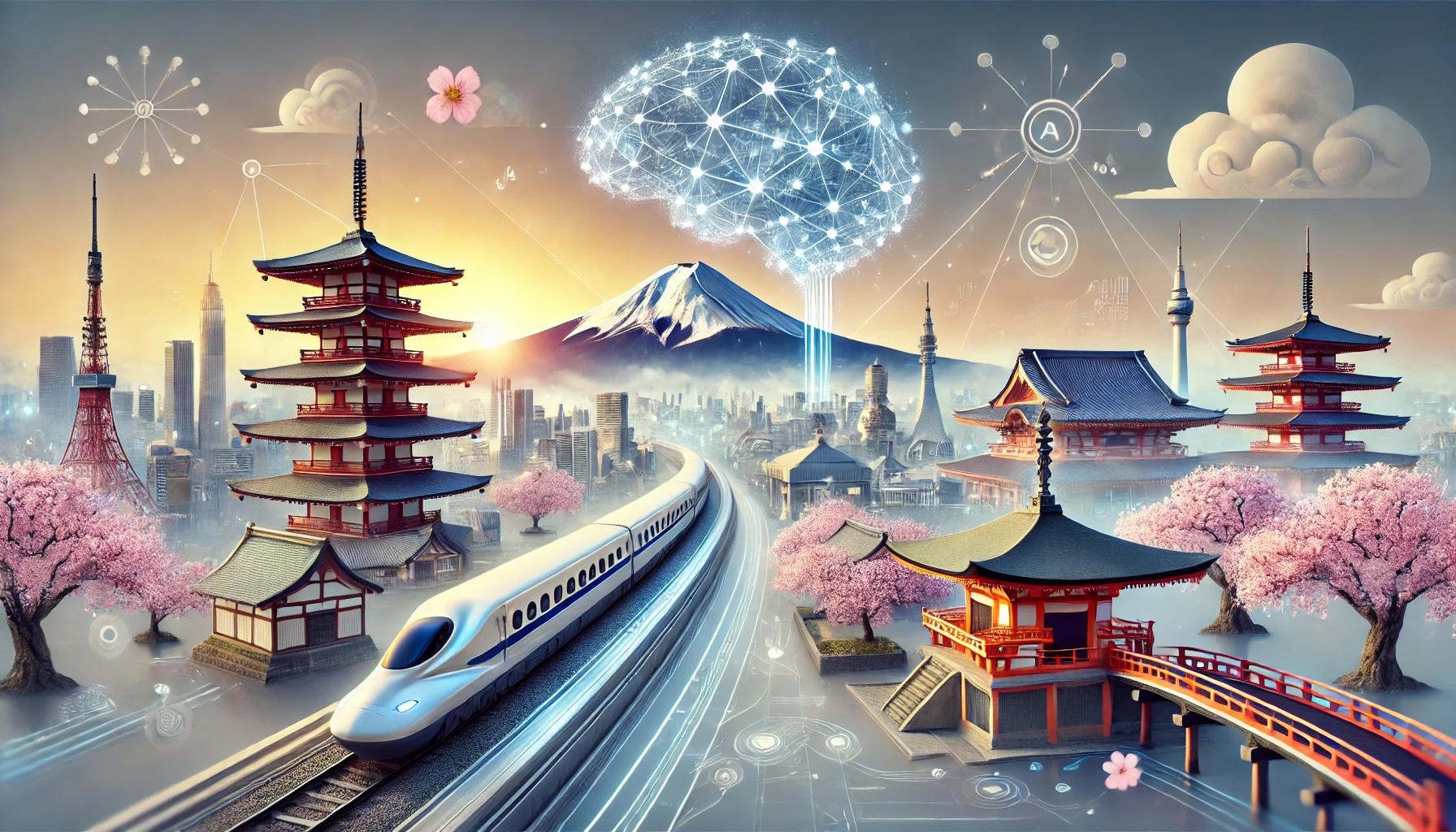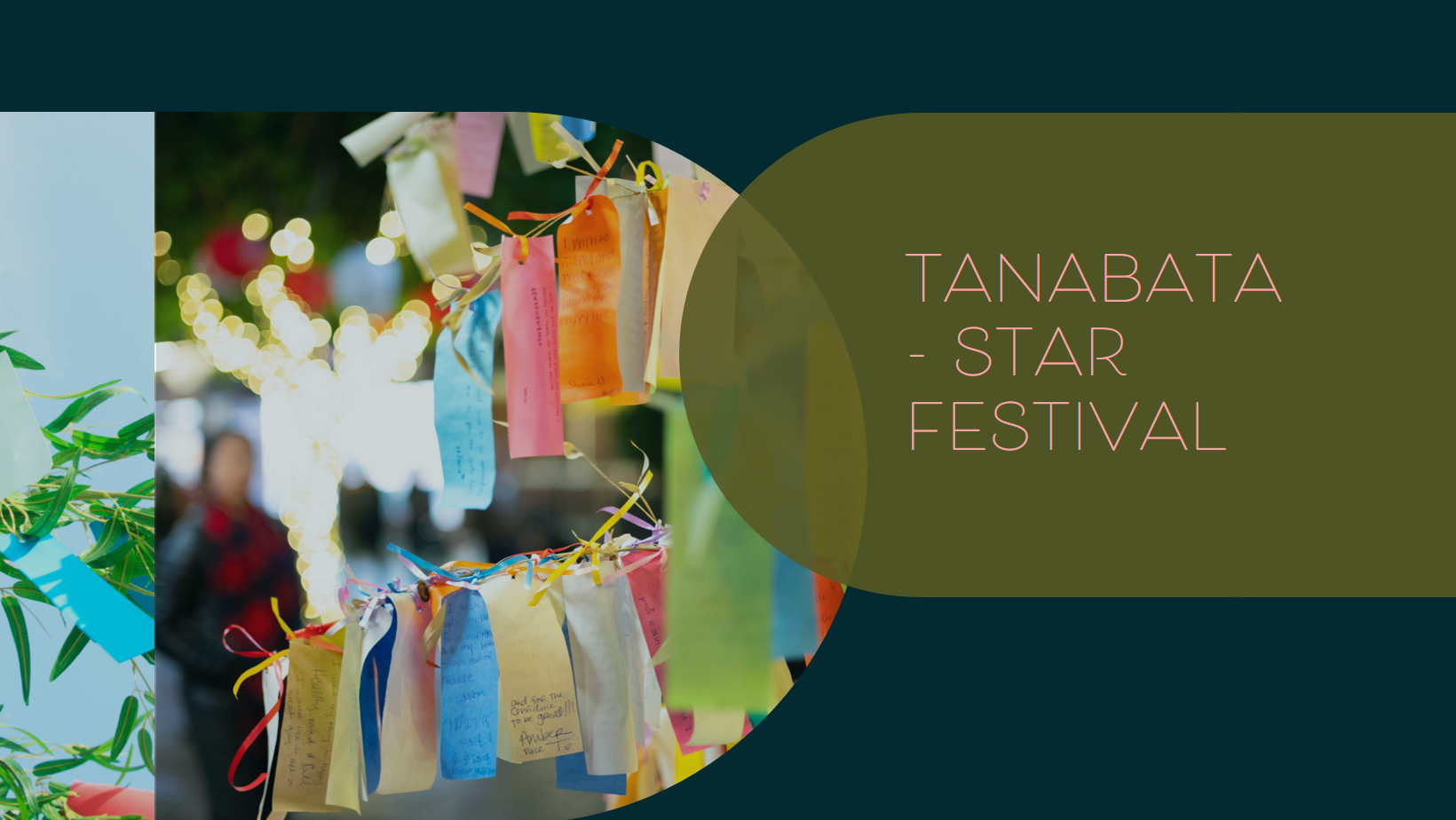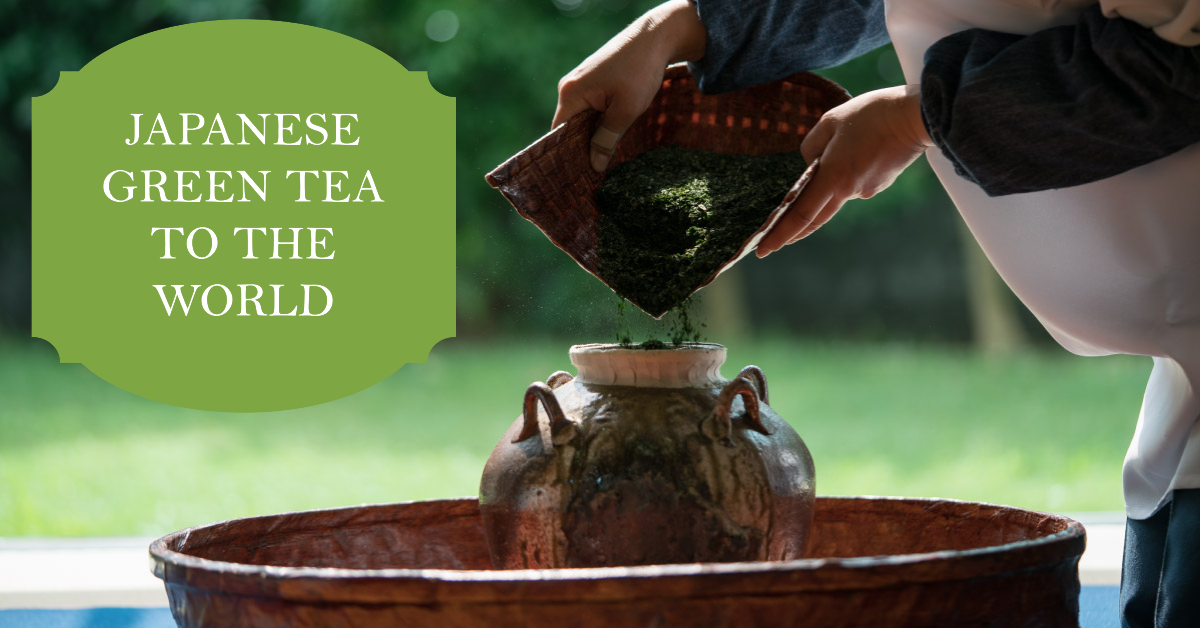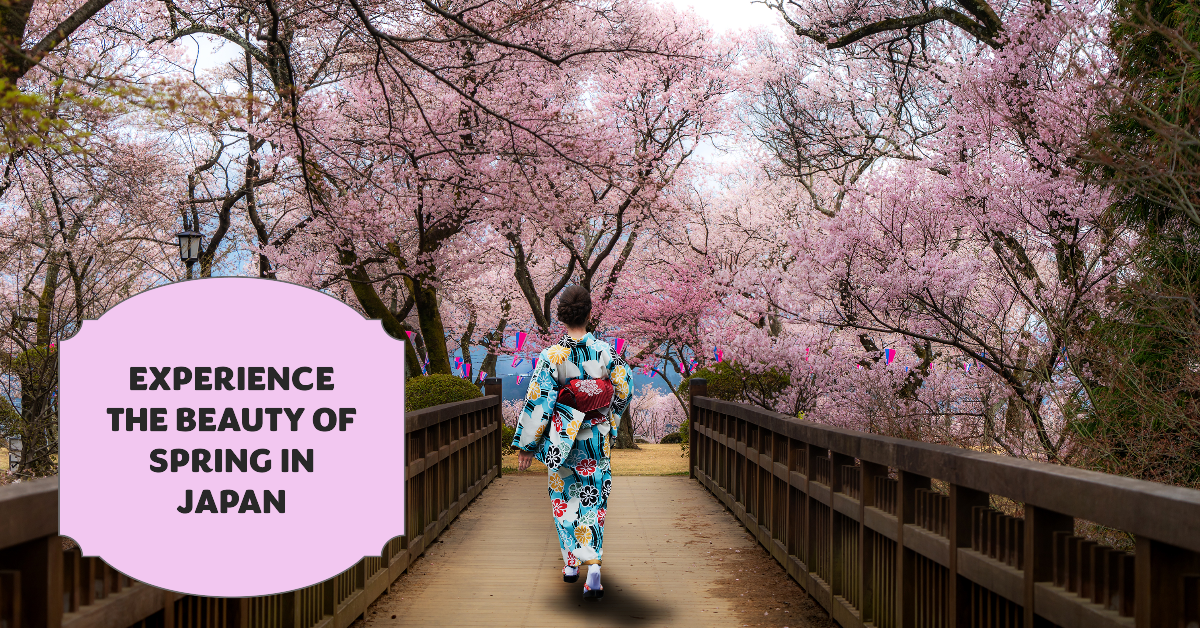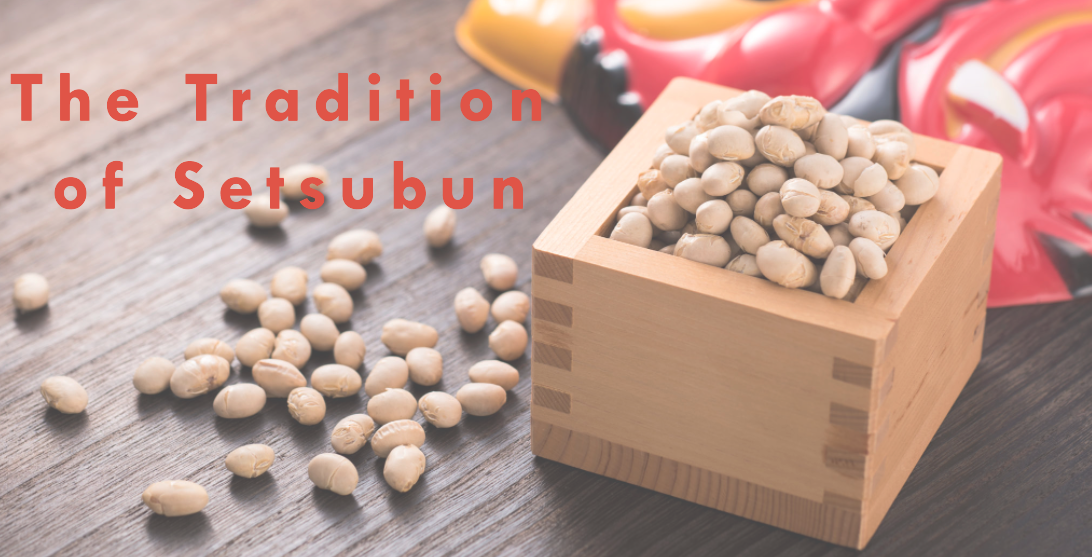The “Golden Route” is one of the most popular itineraries for first-time visitors to Japan. It connects major cities like Tokyo, Kyoto, and Osaka, with possible stops in scenic areas such as Hakone and cultural treasures like Nara. In this post, we’ll guide you through the key destinations of the Golden Route, discuss how to travel between them, and highlight alternative regions for those seeking a more in-depth exploration of Japan.
In This Post
What is Japan’s Golden Route?
The Golden Route covers Japan’s most famous attractions and provides a perfect mix of modern and traditional Japan. Typically, it includes Tokyo, Hakone, Kyoto, Nara, and Osaka, and sometimes Hiroshima as an optional extension. Let’s take a closer look at how to travel this route and how many days you’ll need to make the most of it.
1. Tokyo (3-4 Days)
Highlights:
• Shibuya Crossing
• Asakusa & Sensō-ji Temple
• Meiji Shrine
• Odaiba

Travel Tip:
Tokyo is a sprawling city, so planning your days by area will help maximise your time. Public transport is extremely efficient, with the JR Yamanote Line circling most of the main districts, and the metro reaching nearly everywhere else. Consider a prepaid Suica or Pasmo card for easy access to trains and buses.
Recommended Days: 3-4 days, depending on whether you want to dive into the cultural aspects (temples, shrines, and museums) or explore modern districts like Akihabara and Shibuya.
2. Hakone (1-2 Days)
Highlights:
• Lake Ashi (views of Mount Fuji)
• Owakudani volcanic valley
• Hakone Open-Air Museum
• Onsen (Hot springs)

Travel Tip:
The Hakone Free Pass is a great value option, offering unlimited use of transportation in the area, including trains, buses, cable cars, and boats. If you’re coming from Tokyo, the Odakyu Romancecar offers a comfortable direct train ride to Hakone-Yumoto.
Recommended Days: 1-2 days. Stay in a ryokan (traditional Japanese inn) for the full onsen experience and enjoy a slower-paced exploration of this scenic area.
3. Kyoto (3-4 Days)
Highlights:
• Fushimi Inari Shrine
• Kinkaku-ji (Golden Pavilion)
• Gion District
• Arashiyama Bamboo Grove
• Kiyomizu-dera Temple

Travel Tip:
Kyoto’s buses and subways can be quite crowded, especially around popular tourist spots. The Kyoto City Bus & Subway Pass is useful if you plan to travel extensively by public transport. Another option is renting bicycles, which can be a fun way to get around and explore less crowded areas.
Recommended Days: 3-4 days. Kyoto is packed with historical and cultural sites, so make sure to allocate enough time to properly visit the most iconic spots without rushing.
4. Nara (1 Day)
Highlights:
• Tōdai-ji Temple and the Giant Buddha
• Nara Park (with its friendly deer)
• Kasuga Taisha Shrine

Travel Tip:
Nara is just under an hour by train from Kyoto or Osaka. It’s ideal as a day trip, and you can easily explore the main attractions on foot. Most visitors combine Nara with Kyoto or Osaka in their itinerary.
Recommended Days: 1 day, making it a day trip from Kyoto or Osaka.
5. Osaka (2 Days)
Highlights:
• Dotonbori (street food and nightlife)
• Osaka Castle
• Umeda Sky Building
• Universal Studios Japan (optional)

Travel Tip:
Osaka is famous for its food, especially in the Dotonbori area. The city is also home to a large number of shopping districts. If you plan to visit Universal Studios Japan, it’s a good idea to allocate an entire day for it, as it can be a full-day experience.
Recommended Days: 2 days. Osaka is relatively compact and easy to navigate. You can spend one day exploring the city and another visiting Universal Studios or making a short trip to nearby areas like Kobe.
6. Optional: Hiroshima (1-2 Days)
Highlights:
• Hiroshima Peace Memorial Park
• Atomic Bomb Dome
• Miyajima Island and Itsukushima Shrine

Travel Tip:
If you want to extend your trip beyond the main Golden Route, Hiroshima is well-connected via the Shinkansen (bullet train) from Osaka or Kyoto. You can reach Hiroshima in about two hours by train.
Recommended Days: 1-2 days. Spend one day in Hiroshima city, then take a side trip to Miyajima Island.
How to Travel Along the Golden Route
Japan’s Golden Route is well-served by the extensive rail network, particularly the Shinkansen (bullet train). The JR Pass, available only to foreign visitors, offers unlimited travel on most JR trains, including the Shinkansen. Here’s a quick guide on how to travel between the main destinations:
• Tokyo to Hakone: About 1.5 hours via the Odakyu Line from Shinjuku Station to Hakone-Yumoto.
• Hakone to Kyoto: About 2 hours by Shinkansen from Odawara Station.
• Kyoto to Osaka: About 15 minutes by Shinkansen or local train.
• Osaka to Nara: About 45 minutes by local train.
• Osaka to Hiroshima: About 2 hours by Shinkansen.

Recommended Total Days for the Golden Route: 8-12 days, depending on your pace and whether you include optional side trips like Hiroshima or more time in Osaka and Kyoto.
Travelling Beyond the Golden Route: More Time and Deeper Experiences
While the Golden Route offers a convenient and accessible way to explore Japan, venturing beyond these well-travelled cities will require more time and a bit more planning. Many of the alternative regions, such as the Tohoku region, Kyushu, or Hokkaido, are more spread out and less accessible by bullet train. For example, exploring the serene mountain towns of Shikoku or hiking in the wilderness of Hokkaido will need extra travel days and a willingness to slow down and soak in the atmosphere.
• Tohoku: A trip to this northern region could easily take an additional 5-7 days, especially if you wish to visit Lake Towada, Aomori, and Hiraizumi.
• Shikoku: The Shikoku pilgrimage route and the remote Iya Valley could add another 4-6 days to your itinerary.
• Kyushu: You’ll want at least 5 days to explore Kyushu’s diverse cities, volcanoes, and hot springs.
• Hokkaido: For nature lovers, Hokkaido could be a standalone trip of 7-10 days, particularly in the summer when its flower fields are in full bloom or in the winter for its famous ski resorts.

These regions offer unique cultural experiences, untouched natural beauty, and a slower pace, but they do demand more time and effort to explore fully. Travellers who push beyond the Golden Route will find rewards in discovering a Japan that few tourists experience—a land of hidden temples, remote hot springs, and untouched landscapes far from the urban centres.
Conclusion: The Golden Route and the Path Less Travelled
The Golden Route offers a fantastic introduction to Japan for first-time visitors, hitting all the major highlights in a short amount of time. With efficient public transportation and plenty of attractions, it’s a perfect fit for those with a limited time frame. However, for those seeking a more immersive experience, Japan’s less-explored regions offer their own treasures. From the tranquil beauty of Tohoku to the rugged landscapes of Hokkaido and the cultural richness of Shikoku, there’s a wealth of adventures beyond the Golden Route waiting to be discovered.
Whether you choose to stick to the Golden Route or extend your travels into the less-known corners of Japan, the country offers something for every traveller—no matter where you roam.

